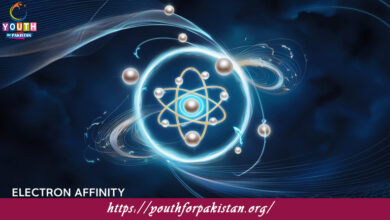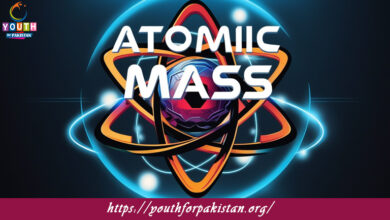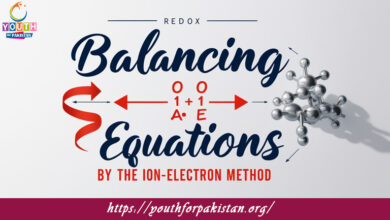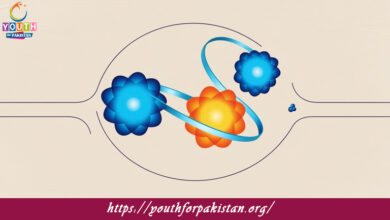Reaction Kinetics MDCAT Quiz with Answers
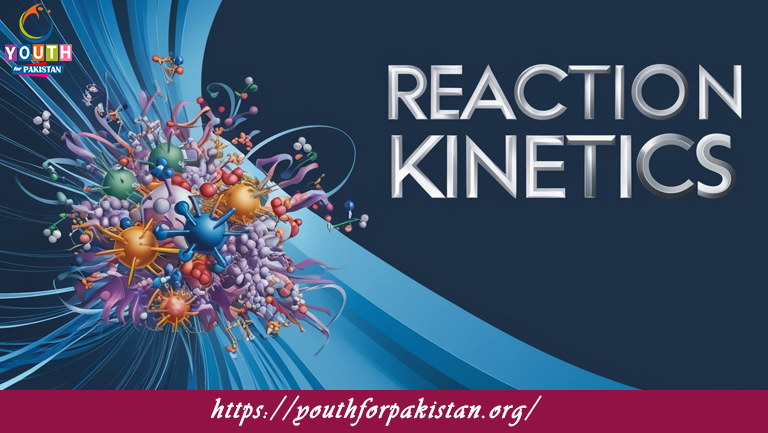
The Reaction Kinetics MDCAT Quiz is a crucial tool for mastering the principles of chemical reactions and their rates, a key topic in MDCAT chemistry. It delves into how and why reactions occur at different speeds, focusing on factors like temperature, concentration, and the presence of catalysts. This quiz is designed to help students gain a strong grasp of reaction mechanisms and rate laws, ensuring a solid foundation for exam success.
Benefits of the Reaction Kinetics MDCAT Quiz
The MDCAT Quiz on reaction kinetics provides targeted practice on high-priority areas such as activation energy, rate-determining steps, and methods to calculate reaction rates. It simulates real exam questions, preparing students for the complexity and format of MDCAT problems. By attempting this quiz, you can identify weak areas, improve problem-solving speed, and understand the practical applications of kinetics in both laboratory and real-world contexts, such as drug action and industrial processes.
Free Flashcards for Reaction Kinetics
To complement the MDCAT Quiz, free flashcards are available to aid in quick revisions. These flashcards summarize essential concepts, including formulas for rate constants, examples of first-order and second-order reactions, and collision theory fundamentals. Designed for quick memorization and review, they are an excellent resource for reinforcing knowledge, especially during the final stages of MDCAT preparation.

The sum of powers of the concentration terms in the rate law is called the __________.
order of reaction

The slope of a concentration vs. time graph for a zero-order reaction is equal to the __________.
rate constant

The activation energy of a reaction is the minimum __________ required for the reaction to occur.
energy

A reaction where products can recombine to form reactants is called a __________ reaction.
reversible
Experience the real exam environment with our expertly designed collection of over 25,000 MCQs MDCAT Mock Tests.


